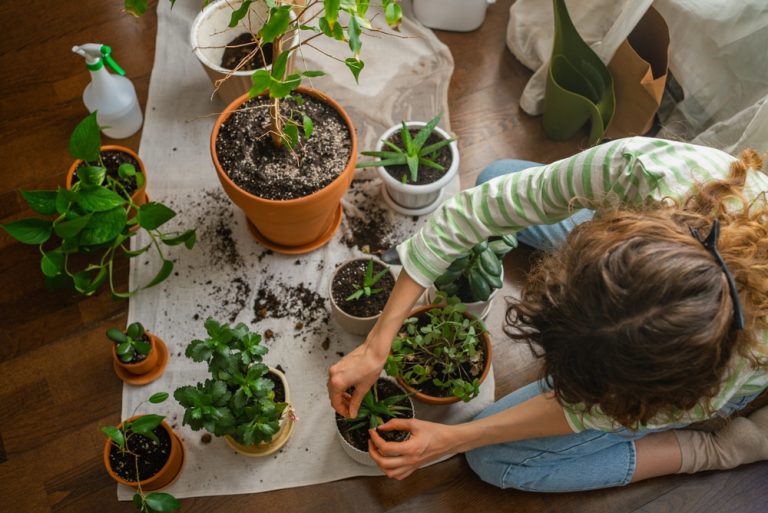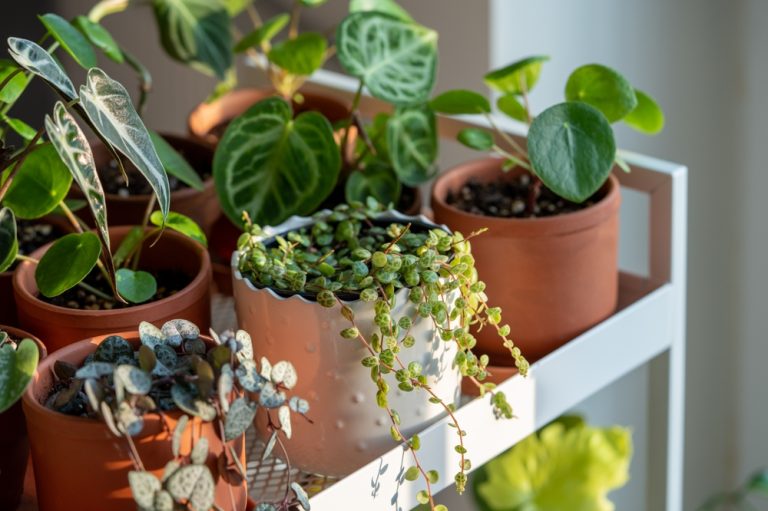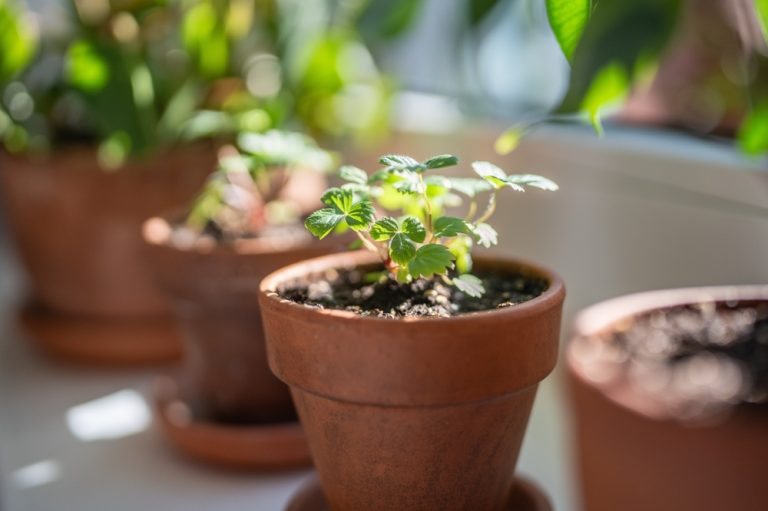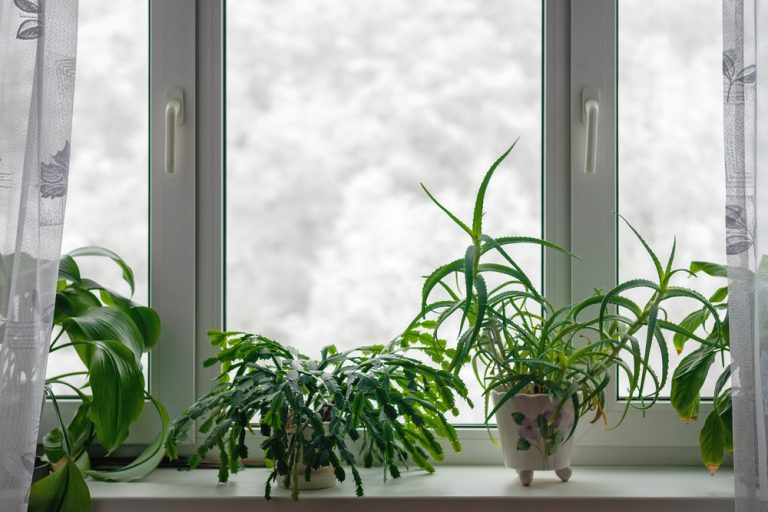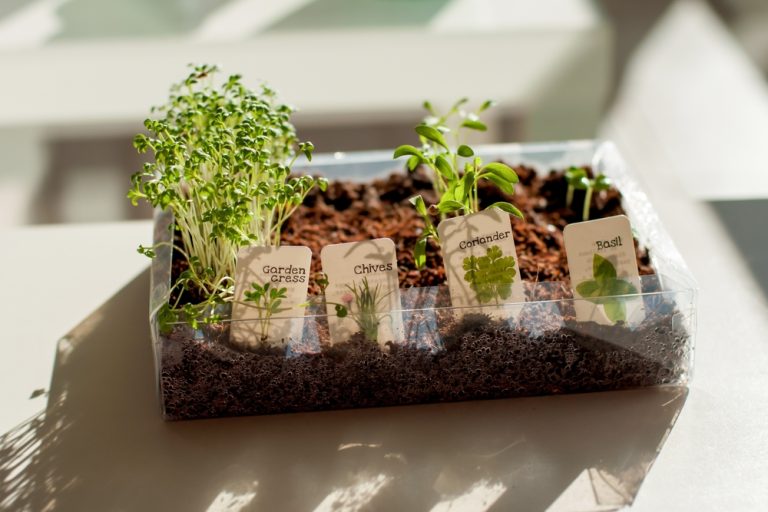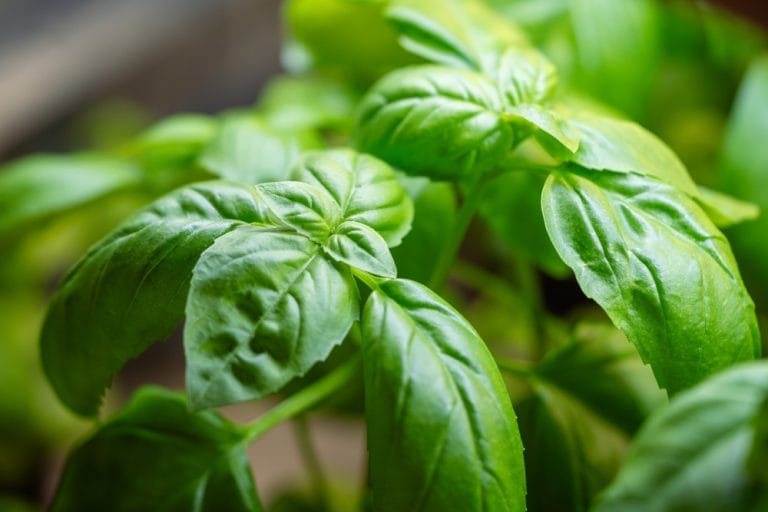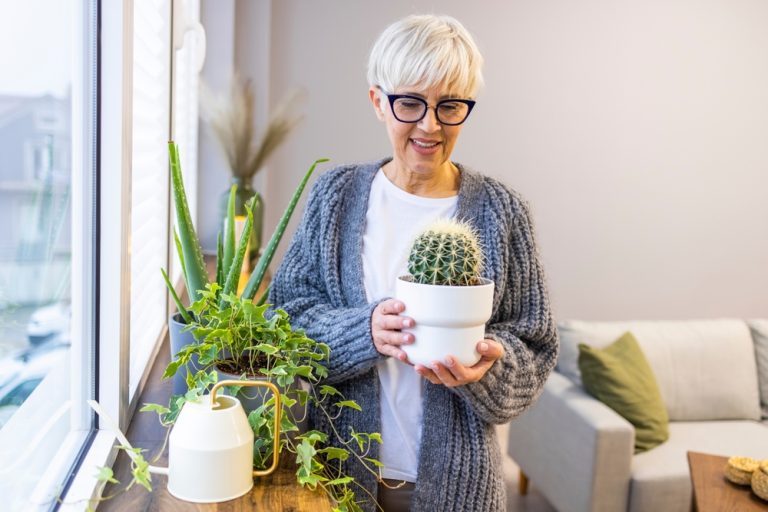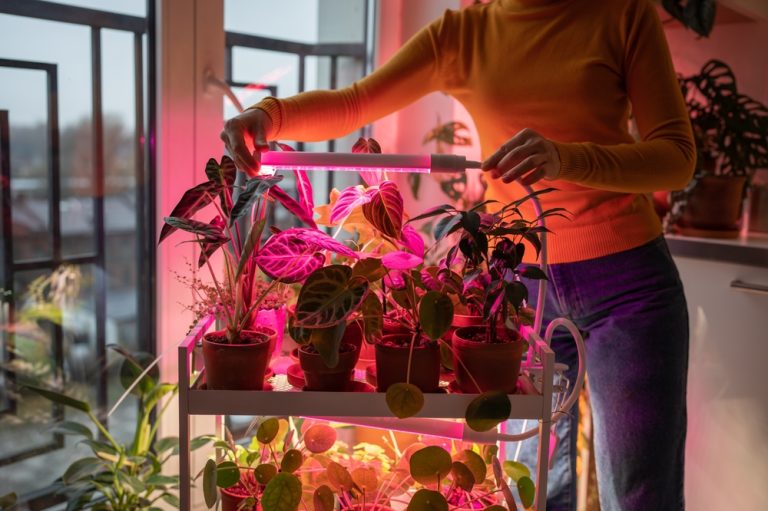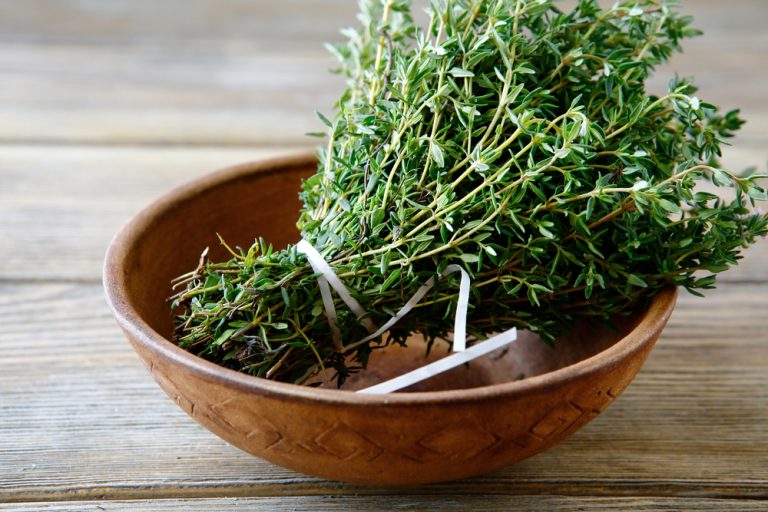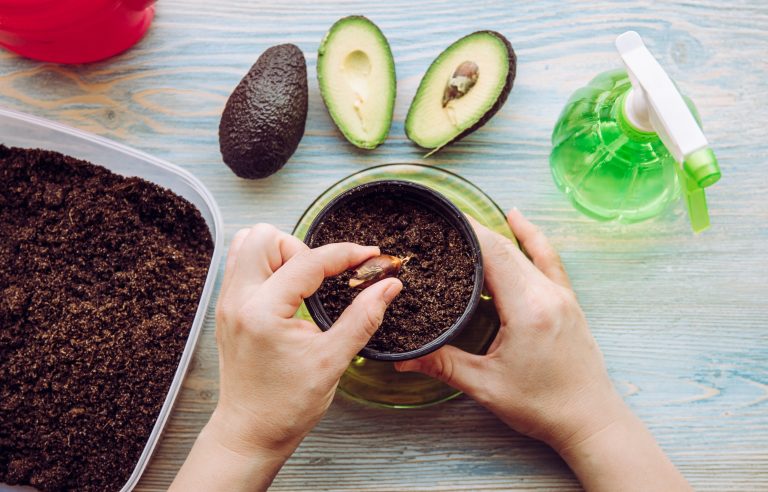Rare plants are no longer the secret obsession of eccentric collectors hidden away in greenhouses. Today, the fascination with exotic foliage is booming, turning living rooms, kitchens, and even bathroom corners into miniature jungles. From jewel-toned begonias to carnivorous wonders, these plants are captivating gardeners everywhere with their unusual shapes, textures, and colors. Indoor gardening…
indoor gardening
Why Indoor Gardening Is Trending in Cold-Climate Homes
Winter in cold climates isn’t just about snowdrifts, frozen pipes, and icy sidewalks—it’s also about cabin fever that slowly gnaws at your soul. But indoors, a green revolution is quietly taking root, turning chilly, gray spaces into vibrant, thriving jungles. Indoor gardening isn’t just a trend; it’s a lifestyle upgrade that brings color, life, and…
12 Ways to Grow Microgreens Indoors While the Ground is Frozen
Winter has a way of turning gardens into icy wastelands, but that doesn’t mean your green thumb has to hibernate. Microgreens, those tiny, nutrient-packed powerhouses, are the perfect indoor solution to keep your taste buds and your plants thriving while the ground outside is frozen solid. They grow fast, look gorgeous on any plate, and…
13 Indoor Plants to Rescue and Overwinter from the Garden
As the days grow shorter and frost edges closer, your garden may be whispering one last goodbye. But not all plants are ready to bid farewell to sunlight and warmth just yet. Some can be rescued, brought indoors, and nurtured through the winter months to thrive again next spring. Overwintering plants is part science, part…
6 Indoor Herb Gardens Perfect for the Holiday Season
The holiday season brings cozy vibes, twinkling lights, and the irresistible aroma of cinnamon, pine, and something delicious baking in the oven. But why stop there? Adding an indoor herb garden to your festive setup can turn your home into a fragrant wonderland while giving you fresh ingredients for all your seasonal recipes. From bright…
Grow This Indoors and You’ll Have Fresh Herbs All Winter
There’s something magical about snipping a handful of fresh herbs when everything outside is frozen solid and aggressively unfriendly. While your neighbors are staring sadly at their barren gardens and scraping frost off windshields, you could be inside plucking fragrant leaves like you live in a tiny indoor Mediterranean paradise. Indoor herb growing isn’t just…
The Right Way to Move Houseplants Indoors Without Losing Leaves
Your plants have been thriving outdoors all summer, basking in warm breezes, savoring morning dew, and flourishing with chlorophyll, much like sun-loving royalty. Then suddenly, autumn breezes arrive carrying a whisper of winter, and you realize the great migration must begin. Move them too fast, and the leaves drop like confetti at a parade you…
Top 6 Affordable Grow Lights for Thriving Indoor Plants
Growing plants indoors is great. However, when plants are grown indoors, they often do not receive enough natural sunlight to meet their needs. This is where grow lights come in. Of course, you can choose to spend a lot of money on grow lights. However, you don’t have to do that. There are some great…
6 Cold Weather Herbs That Keep Producing Indoors
Winter might blanket the garden in frost, but that doesn’t mean you have to give up fresh flavor. The trick is bringing the green inside—right to your windowsill, countertop, or even a cozy corner with a grow light. While some herbs fade fast when the temperature drops, others thrive in cooler indoor conditions, filling your…
Indoor Avocado Plant Care Made Easy: Tips for Thriving Avocado Trees at Home
Avocado trees make stunning indoor plants, adding lush greenery and the possibility of homegrown fruit to your space. However, keeping an avocado tree healthy indoors requires attention to its specific needs. Whether you’re starting from seed or caring for a mature plant, these tips will simplify avocado plant care indoors. Here’s how to ensure your…
